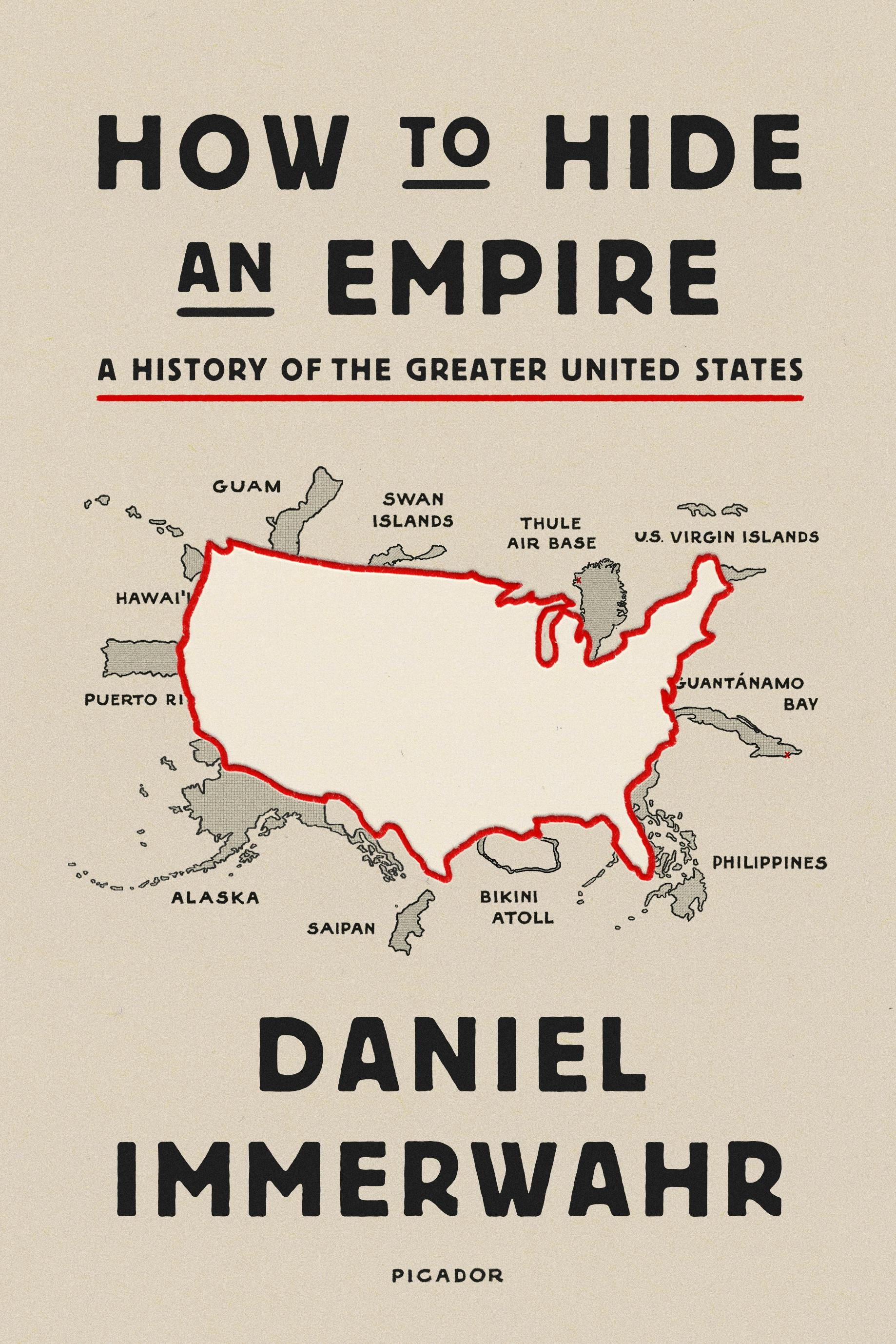In February 2003, Al Jazeera broadcast an interview with Donald Rumsfeld, then George W. Bush’s secretary of defense. “Would it worry you,” the interviewer asked him, “if you go by force into Iraq that this might create the impression that the United States is becoming an imperial, colonial power?” Rumsfeld swatted away the question. “I’m sure that some people would say that,” he responded, “but it can’t be true because we’re not a colonial power. We’ve never been a colonial power.… That’s just not what the United States does. We never have and we never will.” In March, the United States invaded Iraq. By April, it was operating a government of occupation. By May, it had effectively placed a proconsul in charge of the country.
In the early years of the Iraq war, the idea of the United States as an imperial power was, for a moment, a subject of serious debate. Longstanding left-wing critics of empire like Noam Chomsky were now joined by conservative hawks such as Niall Ferguson in agreeing that the United States was an empire, though they differed deeply on whether this was a good thing. But both Rumsfeld and the journalist questioning him exhibited a kind of historical amnesia. Rumsfeld denies the possibility that the United States could ever be an empire; the journalist asks if it is in the process of becoming one. But what if it had been all along?
That is the question Daniel Immerwahr pursues in How to Hide an Empire: A History of the Greater United States. “One of the truly distinctive features of the United States’ empire,” he observes, “is how persistently ignored it has been.” In order to address this historical amnesia, we must, he argues, consider the United States not as it is typically represented on the map—as the mainland United States with corners in Washington state, Maine, Florida, and Southern California—but as a collection of all of the territories in which the United States has exercised sovereignty. This “Greater United States” includes not only Puerto Rico, whose colonial status is at least widely recognized if not deeply considered, but also other territories ranging from rocks covered in bird excrement to the approximately 800 military bases that the United States still operates around the world. (Britain and France have 13 bases combined; Russia has nine.)
